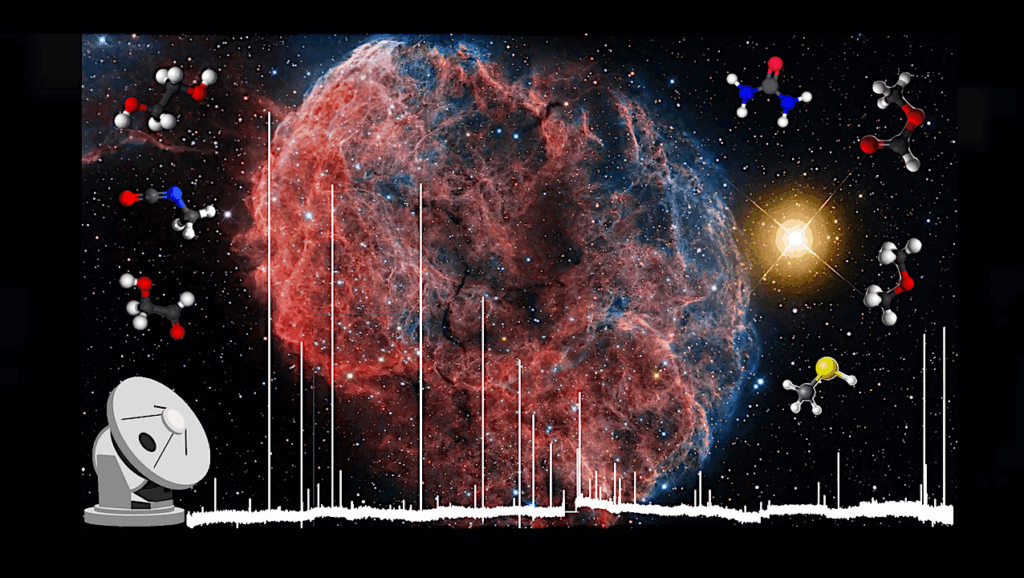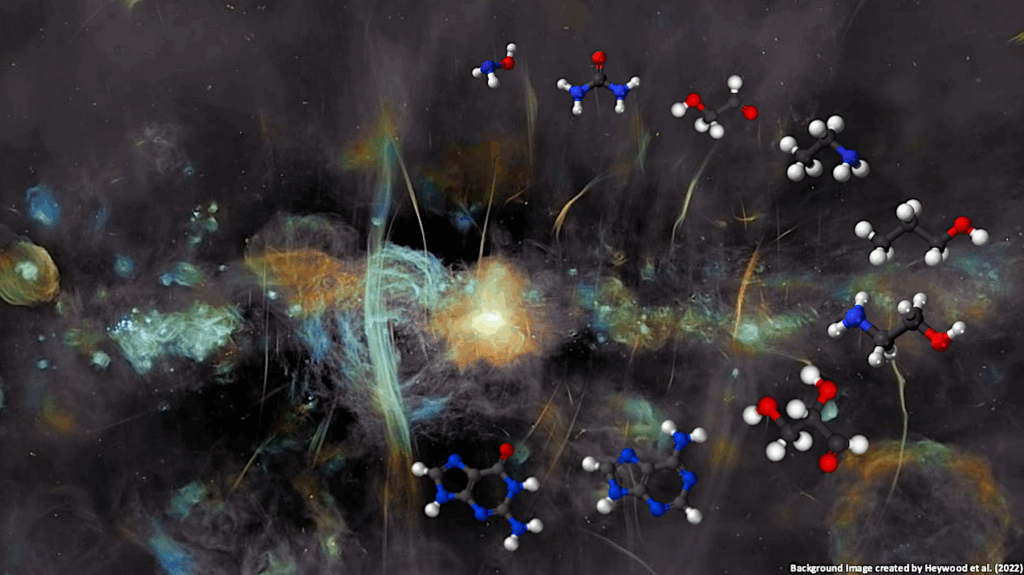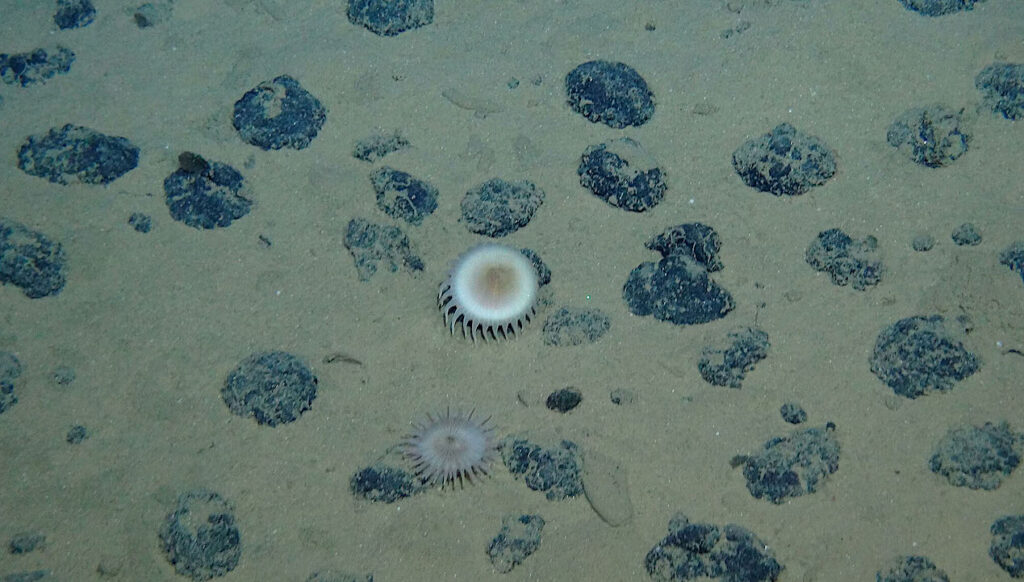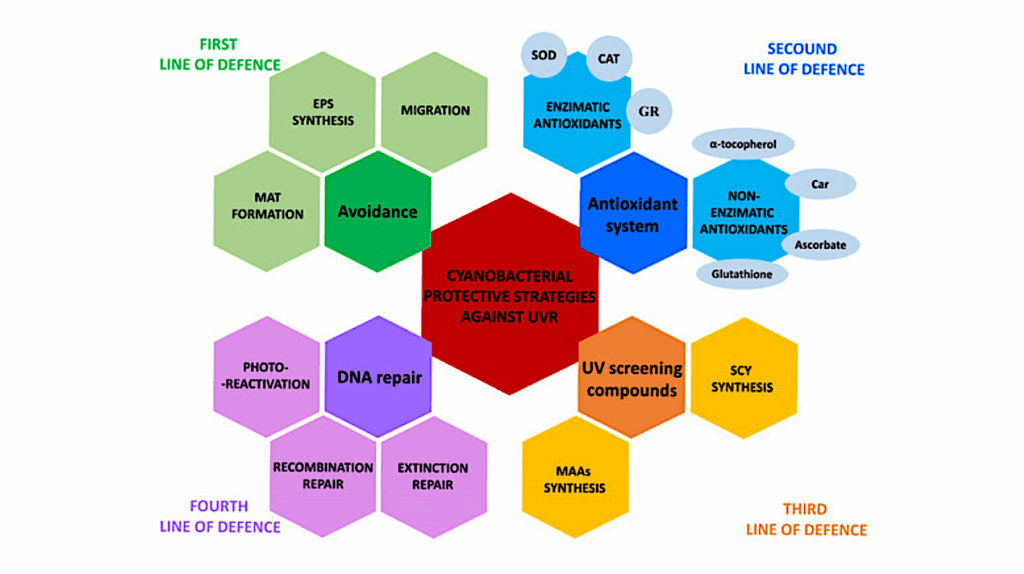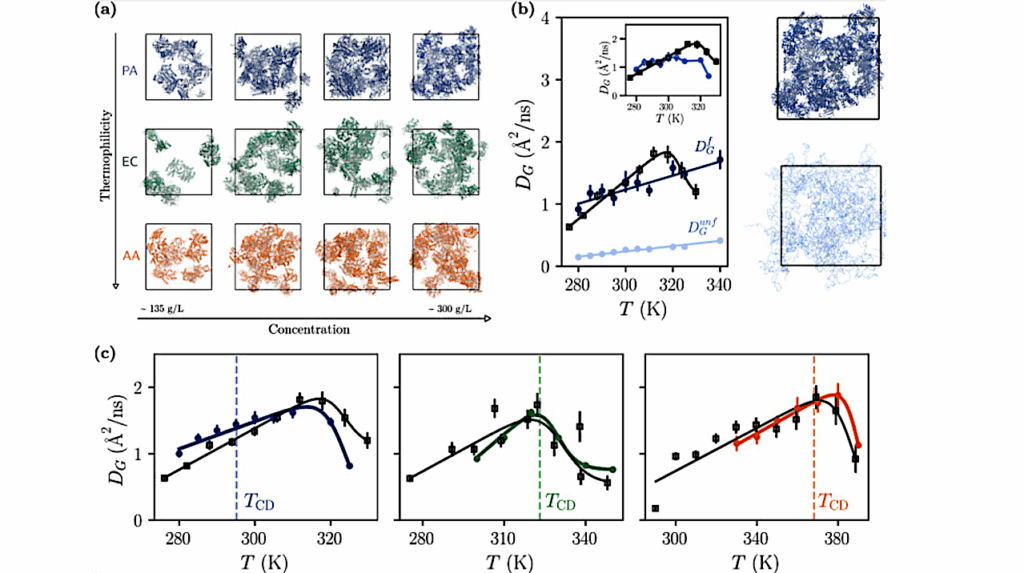Prebiotic Competition And Evolution In Self-replicating Polynucleotides Can Explain The Properties Of DNA/RNA In Modern Living Systems

Living systems, uniquely in nature, acquire, store and use information to maintain a highly ordered state while remaining far from thermal equilibrium. The molecular carriers of heritable information, RNA in virtually all living systems consist of the same four nucleotides.
The properties of DNA are similarly universal among cells. Thymine substitutes for uracil and deoxyribose for ribose in going from RNA to DNA.
Multiple investigations of plausible prebiotic chemistry suggest it likely produced a complex, racemic mixture of multiple different nucleobases including “unnatural” nucleobases that can produce replicating DNA or RNA. Thus, there is no clear reason for U,C,G,A, and T to be the only constituent monomers generated by prebiotic chemistry.
It is reasonable to assert that they emerged non-randomly from many potential alternative nucleotides. Furthermore, while polynucleotides in living systems possess physicochemical properties that permit encoding and transmitting information, they also retain biophysical properties, such as strand directionality, anti-parallel strand orientation, complementary base pairing and homochirality, that confer no obvious evolutionary advantage. In fact, as outlined below, some of these properties seem to be disadvantageous to modern life.
Prebiotic Competition And Evolution In Self-replicating Polynucleotides Can Explain The Properties Of DNA/RNA In Modern Living Systems, BMC Evol Biol via PubMed (open access)
Astrobiology, Genomics,


